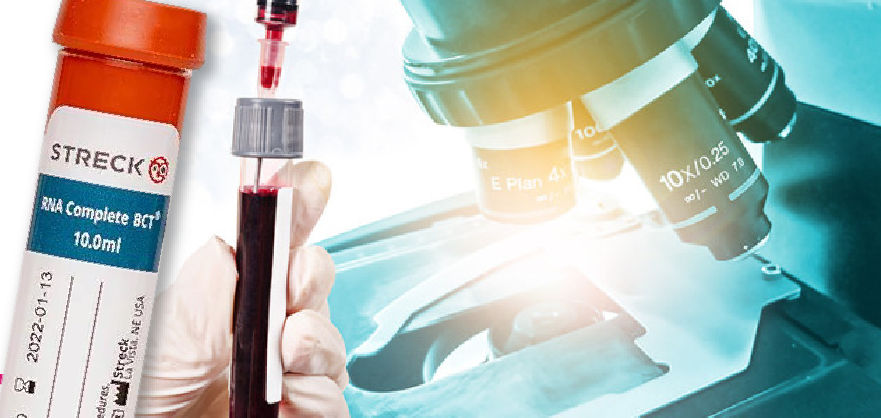Rai and Binet staging systems are important to predict the outcome of patients with chronic lymphocytic leukemia (CLL) but do not reflect the biologic diversity of the disease nor predict response to therapy, which ultimately shape patients’ outcome. We devised a biomarkers-only CLL prognostic system based on the two most important prognostic parameters in CLL (i.e., IGHV mutational status and fluorescence in situ hybridization [FISH] cytogenetics), separating three different risk groups: (1) low-risk (mutated IGHV + no adverse FISH cytogenetics [del(17p), del(11q)]); (2) intermediate-risk (either unmutated IGHV or adverse FISH cytogenetics) and (3) high-risk (unmutated IGHV + adverse FISH cytogenetics).
In 524 unselected subjects with CLL, the 10-year overall survival was 82% (95% CI 76%-88%), 52% (45%-62%), and 27% (17%-42%) for the low-, intermediate-, and high-risk groups, respectively. Patients with low-risk comprised around 50% of the series and had a life expectancy comparable to the general population. The prognostic model was fully validated in two independent cohorts, including 417 patients representative of general CLL population and 337 patients with Binet stage A CLL.
The model had a similar discriminatory value as the CLL-IPI. Moreover, it applied to all patients with CLL independently of age, and separated patients with different risk within Rai or Binet clinical stages. The biomarkers-only CLL prognostic system presented here simplifies the CLL-IPI and could be useful in daily practice and to stratify patients in clinical trials.


